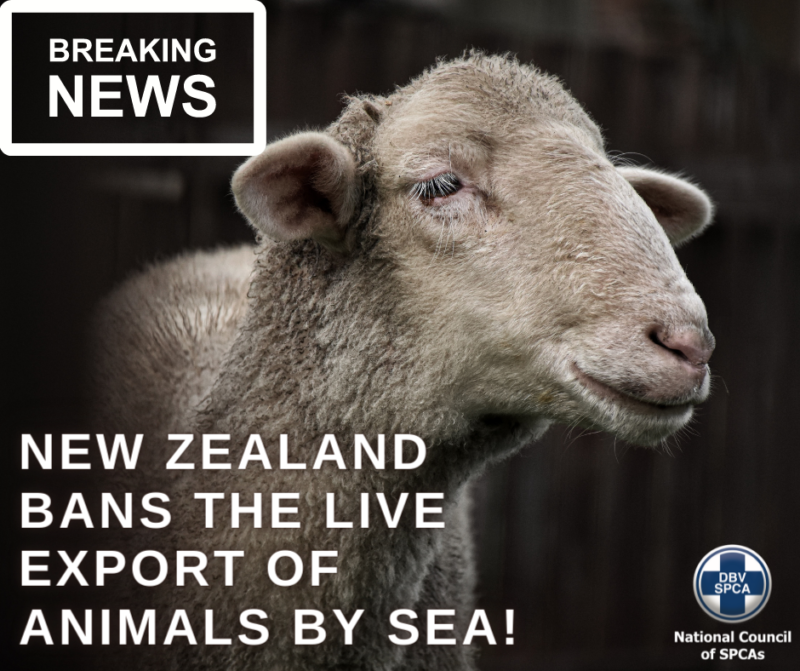Animal cruelty is an insidious specter that lurks in the shadows of society, often overlooked and, at times, dismissed. However, in New Zealand, the battle against this malevolent force has taken a substantial legal and societal turn. The quest to protect animals is fueled by a relentless pursuit of justice and compassion. To comprehend the legal landscape surrounding animal cruelty in New Zealand, one must delve into the statutes and protections in place and the broader societal implications they carry.
New Zealand’s Animal Welfare Act, enacted in 1999, serves as the cornerstone of the nation’s legal framework regarding animal protection. This legislation, akin to a lighthouse in a tempestuous sea, illuminates the pathway towards compassion and ethical treatment of animals. The Act delineates a spectrum of responsibilities and rights, not only for animals but also for their human caretakers. It proclaims that animals are capable of experiencing pain, distress, and suffering, thus obligating humans to minimize these experiences as much as possible.
Under the Animal Welfare Act, several specific acts of cruelty have been criminalized. These include causing unnecessary harm, distress, or suffering to an animal, repetitively neglecting their needs, and failing to provide adequate food, water, shelter, and veterinary care. The law recognizes both overt and covert forms of abuse—ranging from physical violence against animals to the subtle neglect of basic needs. The latter may be likened to a slow poison, insidiously degrading the well-being of innocent beings.
Enforcement of these laws falls under the purview of the Ministry for Primary Industries (MPI), which plays a critical role in overseeing animal welfare matters. The MPI has established a dedicated Animal Welfare Team, responsible for the investigation of complaints and the prosecution of offenders. In this intricate dance between legislation and enforcement, the MPI must balance public awareness, education, and strict adherence to laws designed to uphold the sanctity of animal life.
When examining the repercussions of animal cruelty violations, it becomes evident that New Zealand takes a hard stance against offenders. Penalties can range from hefty fines to imprisonment, with the severity of punishment often dictated by the nature of the offense. Pertinently, first-time offenders might find themselves facing less stringent consequences, while repeat offenders, those who exhibit a chronic disregard for animal welfare, can be subjected to more severe penalties. This differentiation in punishment serves as both a deterrent and a call to conscience: the law endeavors to foster rehabilitation while emphasizing accountability.
Additionally, the legislation encompasses provisions that empower courts to impose ownership bans on offenders, prohibiting them from possessing animals for a defined period, or even indefinitely. This practice resonates with the underlying principle that protection should extend beyond mere punitive measures and towards safeguarding animals from further harm. The judicial system, much like a wise guardian, seeks to prioritize the welfare of the vulnerable over the transgressions of the few.
However, while the legal framework is robust, the effectiveness of animal cruelty laws diminishes in the absence of public awareness and engagement. Society must act as the vigilant eye, ready to speak out against cruelty and advocate for more humane treatment of animals. Therein lies a schism: while legal tools exist, the efficacy relies on societal willingness to employ them. Community involvement is paramount, as individuals can report suspected animal cruelty and stand as witnesses to its incontrovertible existence.
Furthermore, the passage of time calls for a reflection upon the adequacy of these protections. As societal values evolve, so too should the laws that govern our interactions with the animal kingdom. The ongoing dialogues surrounding animal rights suggest that New Zealand may need to reevaluate and enhance its legal protections. Perhaps more stringent regulations regarding the treatment of animals used for entertainment, research, and livelihoods, such as in farming practices, are warranted. The question emerges: is legislation reflective of contemporary views on animal rights, or is it a vestige of a bygone era?
A unique reflection on New Zealand’s approach to animal welfare is evident when viewed through the prism of cultural identity. The indigenous Māori perspective reveres animals as integral components of their environment, a sentiment encapsulated in the concept of “kaitiakitanga”—the guardianship of the natural world. This worldview underscores that humans bear a responsibility to protect and sustainably manage the creatures with whom they share their habitat. The interplay between Māori beliefs and contemporary legislation creates a rich tapestry, signifying a societal commitment to both preserving the environment and advocating for animal welfare.
In conclusion, New Zealand’s stance against animal cruelty is both progressive and a charged call to action. The framework is in place, yet the moral compass of society must guide its utilization. The ongoing struggle against cruelty mandates vigilance, advocacy, and a shared vision for a future where animals are not merely seen as possessions but as sentient beings deserving protection and respect. As New Zealand seeks to enforce and expand its animal welfare laws, let it also be a beacon, illuminating the global discourse on compassion and the ethical treatment of all living creatures.








